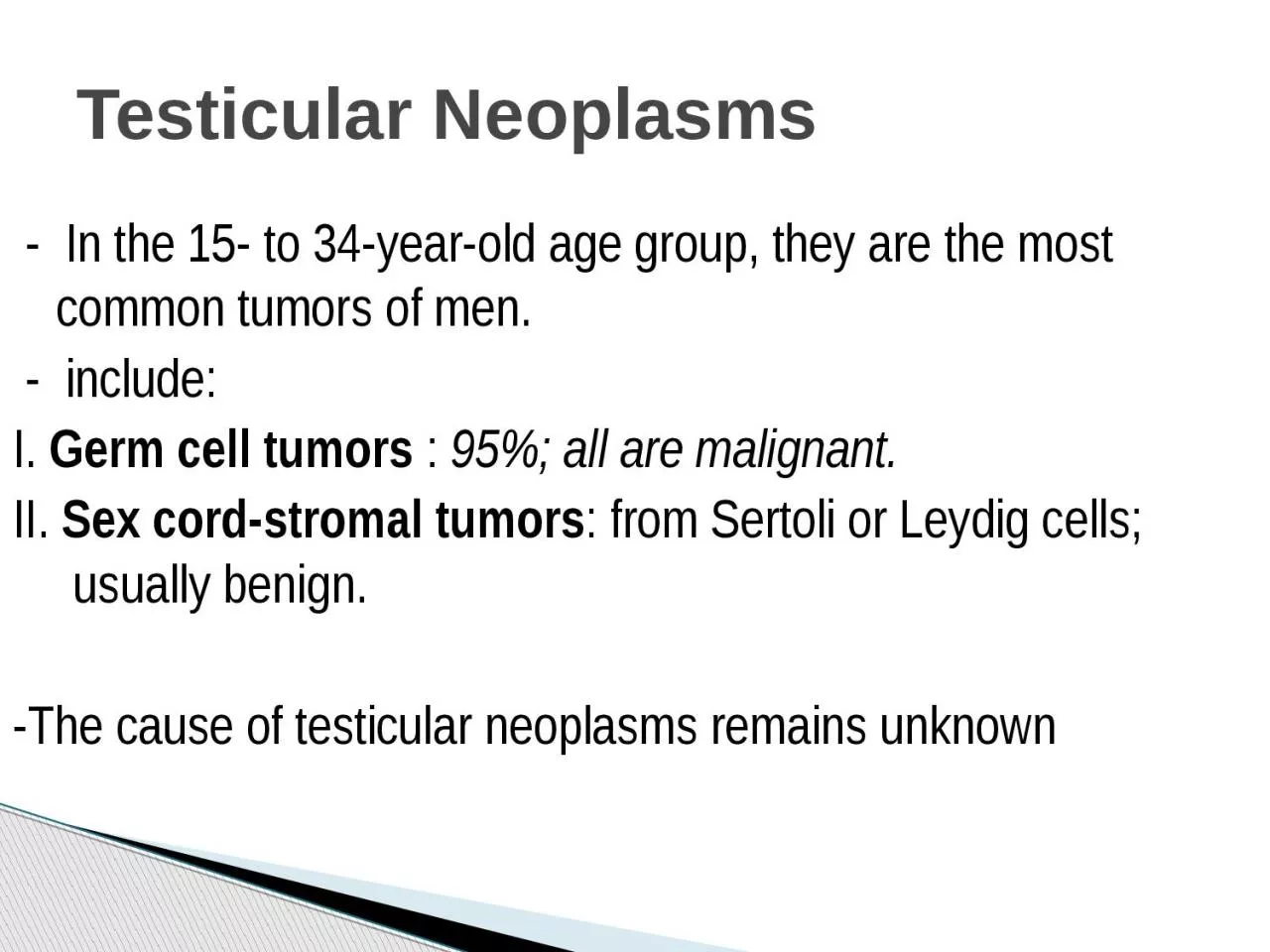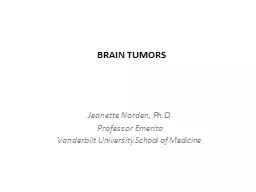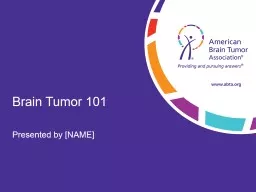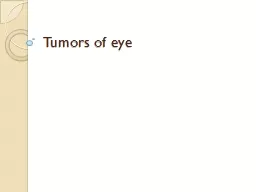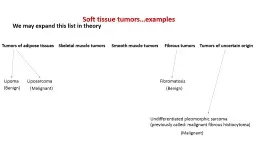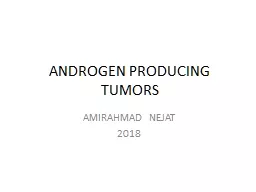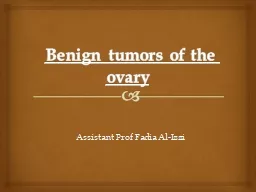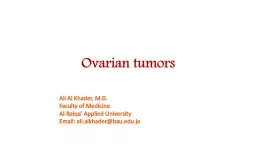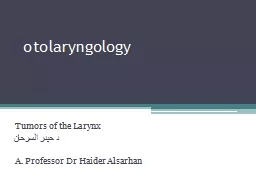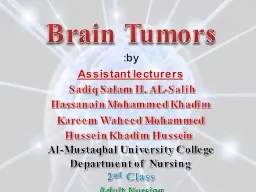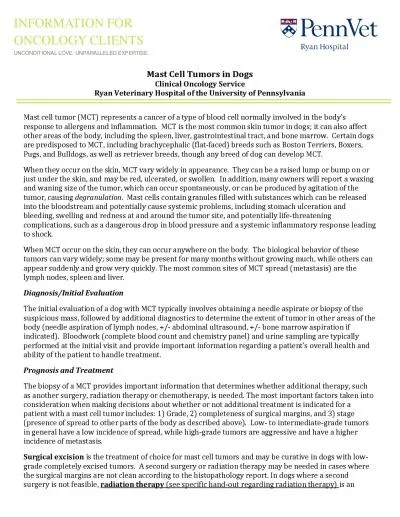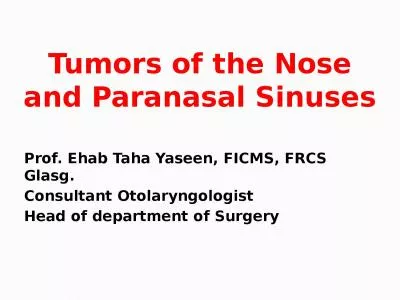PPT-- In the 15- to 34-year-old age group, they are the most common tumors of men.
Author : walsh | Published Date : 2023-12-30
include I Germ cell tumors 95 all are malignant II Sex cord stromal tumors from Sertoli or Leydig cells usually benign The cause of testicular neoplasms
Presentation Embed Code
Download Presentation
Download Presentation The PPT/PDF document "- In the 15- to 34-year-old age group, ..." is the property of its rightful owner. Permission is granted to download and print the materials on this website for personal, non-commercial use only, and to display it on your personal computer provided you do not modify the materials and that you retain all copyright notices contained in the materials. By downloading content from our website, you accept the terms of this agreement.
- In the 15- to 34-year-old age group, they are the most common tumors of men.: Transcript
Download Rules Of Document
"- In the 15- to 34-year-old age group, they are the most common tumors of men."The content belongs to its owner. You may download and print it for personal use, without modification, and keep all copyright notices. By downloading, you agree to these terms.
Related Documents

